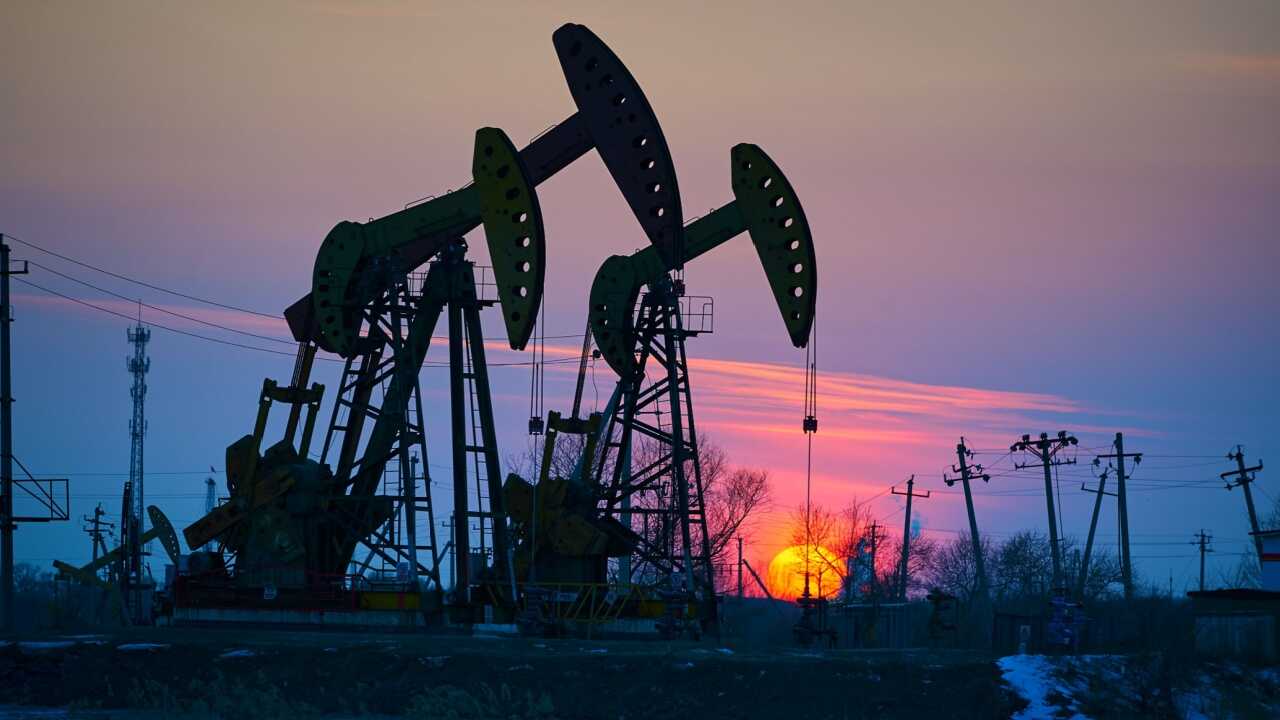
Tariffs Would Hike Midwest Gas Prices
Believe it or not, Canada has a “nuclear option” of its own.
U.S. financial markets were relieved the week following President Trump’s inauguration, with stocks rising and global crude oil benchmarks falling a bit, on the news that his promised 25 percent tariffs on imports from Canada and Mexico were delayed until February 1. Many on Wall Street see the tariff threat as an opening negotiating position for the Trump administration and do not expect it to come into force, at least not in its entirety. However, February 1 is less than a week away, and with Canadian prime minister Justin Trudeau having resigned and triggering new elections, this is not an opportune time for Canada to make sweeping policy decisions.
If a 25 percent tariff did come into effect covering Canadian energy commodities like crude oil and natural gas, the impact on American consumers would be profound. It would hit the Midwest disproportionately. If one looks at a map of North American energy infrastructure, it is not even readily apparent where the US-Canada border runs. With free trade between the United States and Canada since the Clinton era and the growth of oil sands production in Alberta, the U.S. and Canadian energy industries are completely intertwined. Canada has the ability to move some crude oil out to the Pacific via a port in British Columbia, but its capacity is severely limited.
U.S. oil production has also been rising for most of the period since shale took off in the late 2000s, with some pauses when prices have dropped due to global oversupply, most recently as a result of the COVID-19 Pandemic. But given the lifting of the U.S. restrictions on crude oil exports in 2015 and much of the existing refinery infrastructure favoring heavy-sour crudes like most of what is available from Canada, this has led to a pattern where Canada provides well over half of U.S. crude oil imports while producing 24 percent of all crude oil refined in the United States in 2023. That is very disproportionately in the Midwest and Rocky Mountain states, where all foreign crude imports are Canadian.
In theory, adding a 25 percent tariff to Canadian crude would cause Canadian producers to discount their crude, given the constraints on their ability to export it elsewhere, and refiners to try to find some alternatives without such a burden. However, in practice, refineries located inland are tied into specific pipelines and cannot switch their sourcing as easily as refineries located on the coasts. The situation is comparable to the logistical problems in Central Europe. The inability to back out of Russian oil imports via the Druzhba pipeline resulted in exemptions for Hungary and Slovakia.
Given that, there would probably be some discounting of Canadian barrels combined with a reduction in the utilization rate of the impacted refineries. Canadian crude is already effectively discounted due to this geographic and logistical reality. Utilization rates elsewhere in the US, particularly on the Gulf Coast, would increase. Still, the lack of adequate petroleum pipeline capacity means that any supplies coming in from other regions would need to be trucked, which would also be sharply limited by capacity and cost constraints.
The result would be complete chaos, with economic losses to both Canadian producers and refineries that depend on them, as well as a very pronounced price spike borne by American consumers in the Midwest and Rocky Mountain states. It is difficult to model such a complex set of variables, the specifics of which most energy economists have never contemplated before. However, analysts put the impact in the United States at twenty-five to seventy-five cents per gallon across the impacted regions—enough to have an inflationary impact quickly. If the tariffs are intended to be a coercive measure to extract concessions from Canada, they are a poorly suited instrument for achieving that effect.
Given the consequences for Canada, politicians there have even spoken of the possibility of either cutting off exports to the United States or imposing export tariffs. Those measures would increase the damage to Canada, but the former would be a sort of “nuclear option” against the United States and would result in fuel shortages and much more extreme price impacts across a large swath of the inland United States. There is not enough capacity to move fuel into those regions without Canadian supplies based on product pipelines and trucks. Fuel prices would have to seek a level that would severely curtail consumption, which would necessarily reduce economic activity more broadly.
Nobody has modeled the likely impact on U.S. GDP from such a move because it has never been seriously contemplated before. Still, it would, without doubt, result in a recession and rising unemployment if it went on for more than a few weeks and depleted fuel inventories held at refineries. Even using the U.S. Strategic Petroleum Reserve (SPR) would not help as the problem is refining capacity and refined product transportation rather than the availability of alternative crude to the United States in general.
If all of this sounds absurd to you, that’s because it should. What was that concession we wanted from Canada again?
Greg Priddy is a Senior Fellow at the Center for the National Interest and does consulting work related to political risk for the energy sector and financial clients. Previously, he was director of global oil at Eurasia Group and worked at the U.S. Department of Energy.
Correction: This article has been edited to reflect the fact that it is the “inability” to back out of Russian oil dependence that caused the exemptions for Hungary and Slovakia, not Europe’s attempt to back out itself.
Image: Dashu Xinganling / Shutterstock.com.